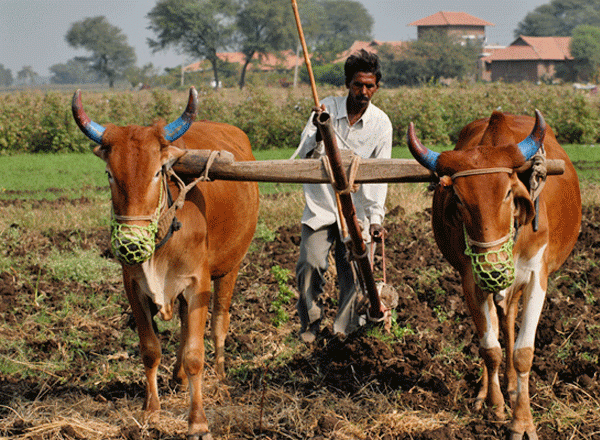
ASIA REDUCES SUBSIDIES

Consumers in many Asian countries are missing out on the benefits of a global slide in oil prices and instead paying more at the pump as governments cut down on expensive energy subsidies.
The race to cut subsidies is part of an effort by new governments across the region to rein in spending and cut deficits. But the moves threaten to suppress fuel demand growth in Asia at a time when energy use is already crippled by weak economic activity.
"Subsidy cuts probably rank as the third most-significant factor affecting oil demand in Asia after slow economic growth and currency depreciation," London-based Barclays analyst Miswin Mahesh said.
Diesel prices in Malaysia jumped 10% after a price increase last week. India's diesel prices are up 6.5% so far this year and some analysts are forecasting Indonesia's to rise by 23% later this year because of planned subsidy cuts.
That's in contrast to the U.S., where a slump in crude oil prices, which are down 21% from a peak in September 2013, has driven gasoline prices sharply lower. U.S. fuel prices are unregulated and move in line with crude oil prices. The average retail price of gasoline fell by about 25 cents to $3.35 a gallon in the six months to September, according to the U.S. Energy Information Administration.
Thailand and Vietnam are also drafting plans to cut back on subsidies. All five Asian countries together accounted for 8.3% of global oil demand last year, according to BP PLC's statistics.
According to Tom Pugh, commodities economist at Capital Economics, a 10% rise in oil prices generally results in a 1% fall in demand, but the falloff in buying could be far greater in developing countries because smaller incomes means buyers are more sensitive to necessities such as fuel.
India is "a textbook case" on how high oil prices force fuel consumption to slow in developing, oil-importing economies, the International Energy Agency said a recent report.
The country started cutting subsidies in January 2013 and the resulting rise in the price of diesel--the most widely used transportation fuel in the country—has brought sales growth to a near halt over the past year. That compares with growth of 6% to 11% in the past five years.
Indian Prime Minister Narendra Modi, who took power in May, plans to continue the path of subsidy cuts set by his predecessor and eliminate diesel subsidies altogether in India. Already though, the price of diesel recently reached parity with global prices for the first time in decades. Diesel is mostly used in commercial transport, power generation and in various industries while gasoline is mostly used in passenger cars.
In Indonesia, President-elect Joko Widodo, who is due to take office later this month, has said he plans to overhaul his country's fuel subsidy programs. Barclays says the new administration's plans will lead to a fuel price increase of 23% in November.
A big chunk of Indonesia's fuel consumption is the diesel burned by the fleets of trucks that transport coal and minerals in its mining sector, but with the slowdown in commodities markets, its fuel imports plummeted this year. Raising diesel prices in this environment exacerbates the pressure on diesel demand.
"This has created a double whammy for the diesel market...The result was that demand for diesel has stalled," Johannes Benigni, head of energy consulting firm JBC Asia, said.
wsj.com





